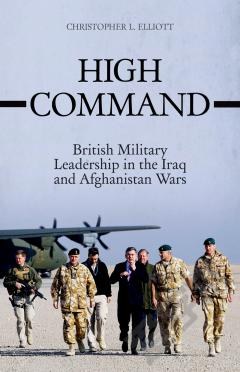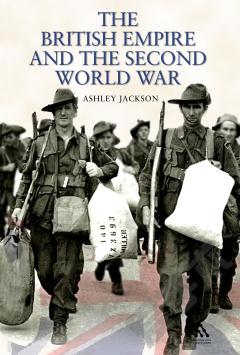Military Leadership and Counterinsurgency —— The British Army and Small War Strategy Since World War II
----- 军事领导和平叛:英国陆军和二战以来的小型战争的战略
Between 1948 and 1960, the British army conducted three important counterinsurgency operations, in Malaya (1948-1960), Kenya (1952-1956) and Cyprus (1955-1960). During that time, military leaders at all levels, but at a senior level including General Templar in Malaya, General Erskine in Kenya and Field Marshal Sir John Harding in Cyprus, influenced organisational learning and inspired the evolution of a distinct organisational culture throughout the British army. This book traces the evolution of the British army's approach to warfare between 1948 and 1960. It centres on the role that leadership played in the process of organisational adaptation and in the evolution of the British army's 'small wars culture'.Through a synthesis of organisational theory developed in the business world, and historical investigation based on archival research, Victoria Nolan analyses these counterinsurgency operations and explores how military leaders embedded and transmitted a particular military organisational culture within the British army. This analysis is supported by a review of leadership characteristics, and an assessment of the importance of the leaders' support networks and their past experiences. It becomes clear that leadership, organisational learning and the evolution of culture were conceptually intertwined and that military leaders played a vital role in communicating the principles of small wars in the British army. This 'small wars culture' did evolve during the period covered in this book and organisational learning took place in cycles. There was a long term learning cycle throughout this period, during which cultural preferences for certain methods evolved - soldiers knew what approaches should be adopted. However, there were also shorter-term, campaign-specific learning cycles, during which learning how to put those approaches into practice took place. Military leadership was central to these learning processes.This book provides constructive insights into the role of leadership in how the British army developed as a 'small wars army'. It will be of interest to serving soldiers, and to military history specialists and sociologists, particularly those studying counterinsurgency and the British Army.
{{comment.content}}








 京公网安备 11010802027623号
京公网安备 11010802027623号